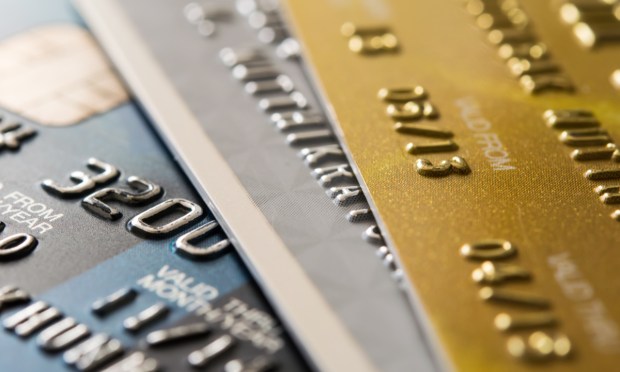
Credit card delinquencies fell slightly last month while net charge-offs continued with their upward trajectory.
That’s according to a report Monday (March 25) by Seeking Alpha, citing data from eight lenders. It showed that the average delinquency rate of 3.20% rose from 3.24% in January and 2.59% in February of last year.
The average figure has risen somewhat higher than the 2.85% seen in February of 2020, just before COVID uprooted the economic landscape. Delinquency rates are still lower than pre-pandemic levels at four lenders, the data showed: JPMorgan Chase, Citigroup, Bank of America and American Express.
And the average net-charge off rate was at 4.44% last month, up from 4.21% in January and 3.24% in February of 2023. In the month before the pandemic began, the rate was at 3.83%.
The report quotes Jefferies analyst John Hecht, who said the seasonal drop in February card delinquencies was weaker than normal, while net charge-offs climbed somewhat higher than usual.
At the lenders Hecht monitors, loan balances fell 1.4% month-to-month to $480 billion, the report said, in keeping with historic trends for February, while rising 10% year over year.
“Issuers have tightened credit, given the current macro, and should expect much weaker loan growth in ‘24,” he said. “The month’s payment rates also point to slower loan growth ahead.”
The news follows the Federal Reserve’s recent release of its G.19 report on consumer credit, showing that individuals’ and households’ total outstanding credit jumped $19.5 billion in January, a rise that PYMNTS argued showed some warning signs for merchants.
PYMNTS Intelligence data has found that paycheck-to-paycheck consumers with issues paying monthly bills hold 17% of credit cards, while those who have no issues paying bills hold 40%. In addition, the research shows that low-income consumers were more likely to revolve balances, with 40% doing so, compared to 24% of high-income cardholders.
And as PYMNTS CEO Karen Webster pointed out in a recent column, 31% of American consumers used a traditional credit card for their latest grocery purchase. Recent data shows that even higher-income consumers — those making over $100,000 a year — were 26% more likely to have used a credit card installment plan than lower-income consumers who used a buy now, pay later (BNPL) provider to purchase food.
“The balances on traditional credit conduits, then, are accruing, paying for consumables,” PYMNTS wrote. “When credit cards are used to pay for basic necessities, there’s less ‘left over’ to spend at other merchants.”